Pyramid training is one of the most versatile and time-tested methods in strength and resistance training. Whether your goal is to build muscle, improve endurance or increase overall performance, pyramid training offers a structured approach that helps you progress safely and effectively. It is used by beginners and professional athletes alike because it allows you to challenge your muscles in different ways while maintaining control and balance throughout your workouts.
Want to explore more about protein powder? Head to our [Protein Powder Guidance Hub], where we answer common questions about how it works, how to take it and what to expect.
Understanding the Basics of Pyramid Training
At its core, pyramid training involves changing the weight and number of repetitions across a series of sets. The structure of these changes forms a pyramid shape when plotted on a chart. You either start with light weights and higher repetitions, gradually increasing the load while reducing reps, or begin with heavy weights and then decrease the load as the workout continues.
This approach creates a balance between strength and endurance training. By varying intensity and volume, you stimulate different muscle fibres and energy systems, promoting more complete muscular development. Pyramid training also reduces the risk of injury because it includes a built-in warm-up and, if performed as a full pyramid, a natural cool-down phase too.
The Different Types of Pyramid Training
There are three main types of pyramid training: ascending, descending and full pyramid. Each offers distinct benefits and can be adapted depending on your goals and experience level.
An ascending pyramid begins with light weights and high repetitions, gradually increasing the weight while decreasing the number of reps with each set. This method is ideal for warming up the body, improving form and gradually preparing for maximum effort.
A descending pyramid, sometimes called a reverse pyramid, starts with the heaviest set while you are fresh and most focused. As fatigue sets in, the weight is reduced and repetitions increase. This method allows you to train at maximum intensity early and then maintain volume through lighter sets.
A full pyramid combines both ascending and descending approaches. You start light, build to a heavy midpoint, then reduce the weight back down. This version provides a comprehensive workout that enhances strength, endurance and recovery within the same session.
The Science Behind Pyramid Training
Pyramid training works because it leverages the principles of progressive overload and muscle fibre recruitment. When you increase the resistance over time, your muscles must adapt to handle greater stress. This adaptation leads to increased strength, size and resilience.
Different muscle fibres respond to varying levels of intensity. The lighter, high-repetition sets target slow-twitch fibres responsible for endurance, while the heavier, low-repetition sets engage fast-twitch fibres that generate power. By working both types, pyramid training encourages balanced muscular growth and performance.
The gradual increase in load also improves neuromuscular coordination. Your brain and muscles learn to work together more efficiently, allowing for smoother and more controlled movements even under heavier weights.
Benefits of Pyramid Training
Pyramid training offers several advantages that make it a favourite among trainers and athletes. One of the most important is its versatility. It can be used with almost any resistance exercise, whether you are training with free weights, machines or bodyweight movements.
Another major benefit is the natural progression it provides. Starting with lighter weights helps warm up the muscles and joints, preparing them for heavier loads later. This reduces the risk of strains and injuries. For beginners, this structure makes it easier to learn proper technique and build confidence under the bar.
Pyramid training also promotes balanced muscle development. By varying both load and repetitions, you challenge the muscles across multiple intensity zones. This combination helps improve strength, endurance and muscle definition simultaneously.
The variety in workload keeps training interesting and mentally engaging. It encourages focus and consistency, both of which are essential for long-term success.
How to Structure a Pyramid Workout
A pyramid workout usually involves three to five sets per exercise, although this can vary depending on your fitness level and goals. For an ascending pyramid, you might start with twelve repetitions at a light weight, followed by ten, eight and six repetitions as the weight increases. For a descending pyramid, you would reverse this order.
The amount of weight added or removed between sets should be manageable. A good rule of thumb is to adjust the load by 5 to 15 percent each time, depending on your exercise and experience. The final set should be challenging but still allow you to maintain proper form.
Rest periods can vary from 60 to 90 seconds for hypertrophy-focused training or up to two minutes for heavier, strength-based pyramids. Keeping rest intervals consistent ensures that intensity remains appropriate throughout the session.
Pyramid Training for Muscle Growth
Pyramid training is highly effective for hypertrophy, or muscle growth, because it combines high tension with high volume. The heavier sets create mechanical stress, which stimulates muscle fibre damage and repair, while the lighter, higher-repetition sets extend time under tension, enhancing metabolic stress. Both factors contribute to muscle development.
For beginners, the gradual increase in weight helps build strength safely and develops muscle control. For more experienced lifters, pyramid training can break through plateaus by introducing variation and keeping muscles challenged in new ways.
The structure also supports improved muscle symmetry, as each set targets fibres across different ranges of motion and intensity levels. Over time, this leads to more balanced growth and better overall performance.
Pyramid Training for Strength and Performance
Beyond muscle growth, pyramid training is excellent for building strength. The progressive increase in load conditions the nervous system to handle heavier weights, improving coordination and power output. Because each set builds upon the previous one, your body becomes more efficient at recruiting the right muscles at the right time.
Athletes who use pyramid training often report improvements in stability and control under load. The lighter sets build endurance, while the heavier ones develop maximal force production. This makes it an ideal training method for sports requiring both strength and stamina.
The full pyramid, in particular, enhances recovery by integrating high and low intensity within the same session. It challenges the body while also allowing active recovery as the load decreases toward the end.
Common Mistakes to Avoid
Despite its simplicity, pyramid training can be misused if not properly managed. One common mistake is increasing weight too quickly, which can compromise form and lead to injury. The goal is steady progression, not rapid jumps in load.
Another issue is neglecting rest between sets. Fatigue can quickly accumulate, especially during heavier sets, which reduces performance and increases the risk of poor technique. Taking adequate rest ensures that each set is performed with maximum quality.
Finally, many people forget the importance of tracking progress. Keeping a record of weights, repetitions and rest times helps ensure that overload is being applied consistently. Without tracking, it’s difficult to know whether you’re improving.
Who Should Use Pyramid Training
Pyramid training is suitable for almost everyone, from beginners to advanced athletes. For beginners, it provides structure, safety and a clear progression system. For experienced lifters, it offers variety and a new way to challenge the body.
It’s especially beneficial for people who find their progress has stalled with traditional straight-set training. The constant changes in intensity prevent adaptation and encourage continued growth.
Because pyramid training can be easily modified, it can also fit different goals. Those focusing on muscle endurance can use lighter loads and higher repetitions, while strength-focused athletes can shorten rep ranges and increase resistance.
The Role of Recovery and Nutrition
No training method is complete without proper recovery and nutrition. Pyramid training places significant demands on the muscles, so rest and replenishment are essential for progress.
Protein intake is especially important for muscle repair. Consuming a protein-rich meal or shake within an hour after training helps rebuild fibres and supports recovery. Carbohydrates also play a key role in restoring glycogen stores depleted during exercise, while hydration helps maintain performance and reduces fatigue.
Sleep is another vital component of recovery. During deep sleep, the body releases growth hormone, which aids in tissue repair and regeneration. Combining quality rest, balanced nutrition and consistent training creates the ideal environment for results.
Conclusion: A Proven Method for Strength and Growth
Pyramid training remains one of the most effective and accessible methods for building muscle, strength and endurance. Its structured design makes it ideal for both beginners and experienced lifters, offering progression, variation and balance within every workout.
The key to success lies in patience and consistency. By gradually increasing load, maintaining good form and prioritising recovery, you can experience continuous improvement while reducing the risk of injury.
Pyramid training has stood the test of time for a reason. It delivers results through structure, science and simplicity, making it one of the most trusted training methods in strength and conditioning.
Looking to support recovery and muscle growth after your pyramid sessions? Try our premium protein powder, formulated to rebuild muscle, restore energy and help you feel your best after every workout.




Share:
How Long Does It Take to Recover From a Broken Hand
Shilajit and Heart Health: What Science Suggests